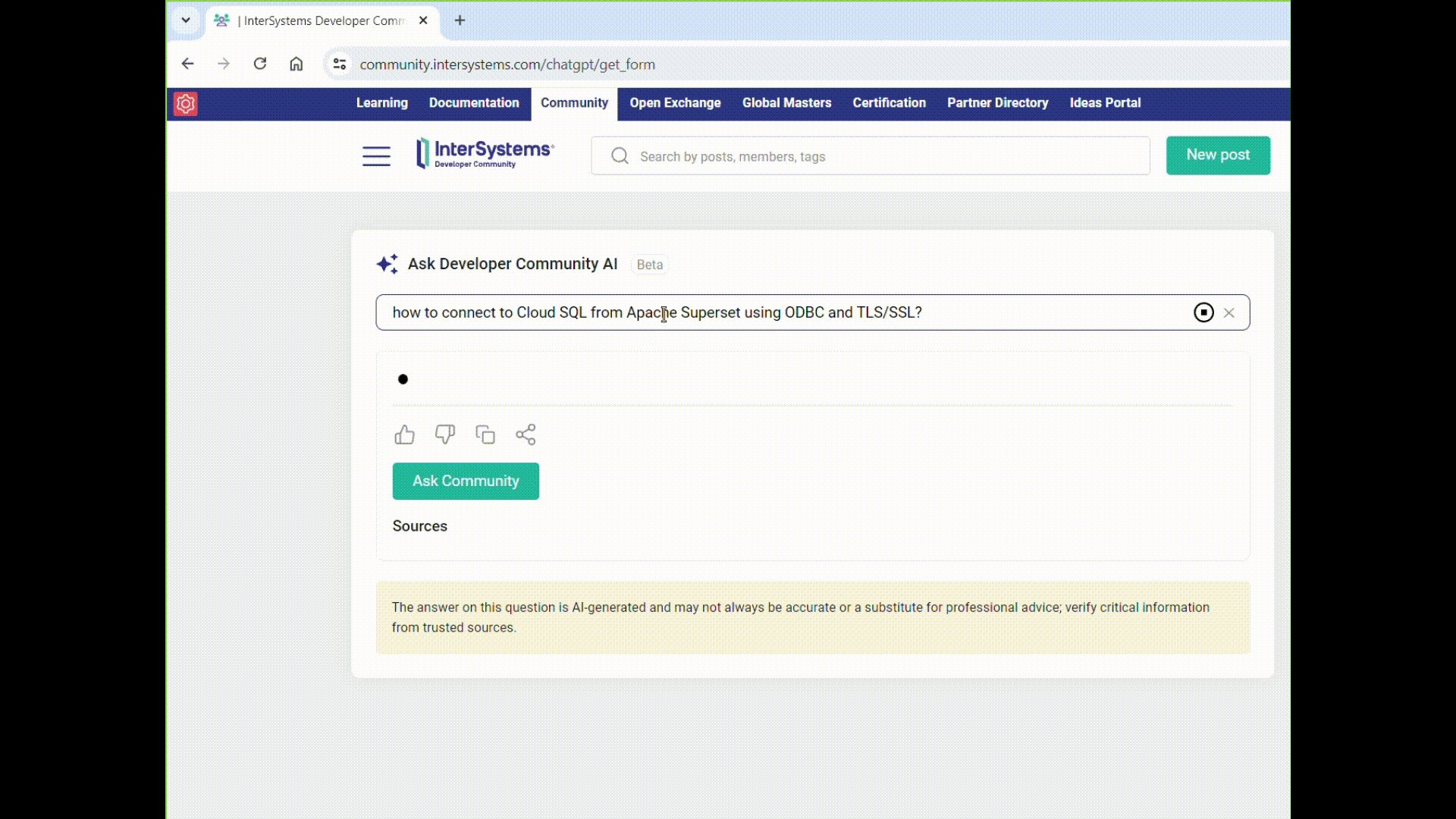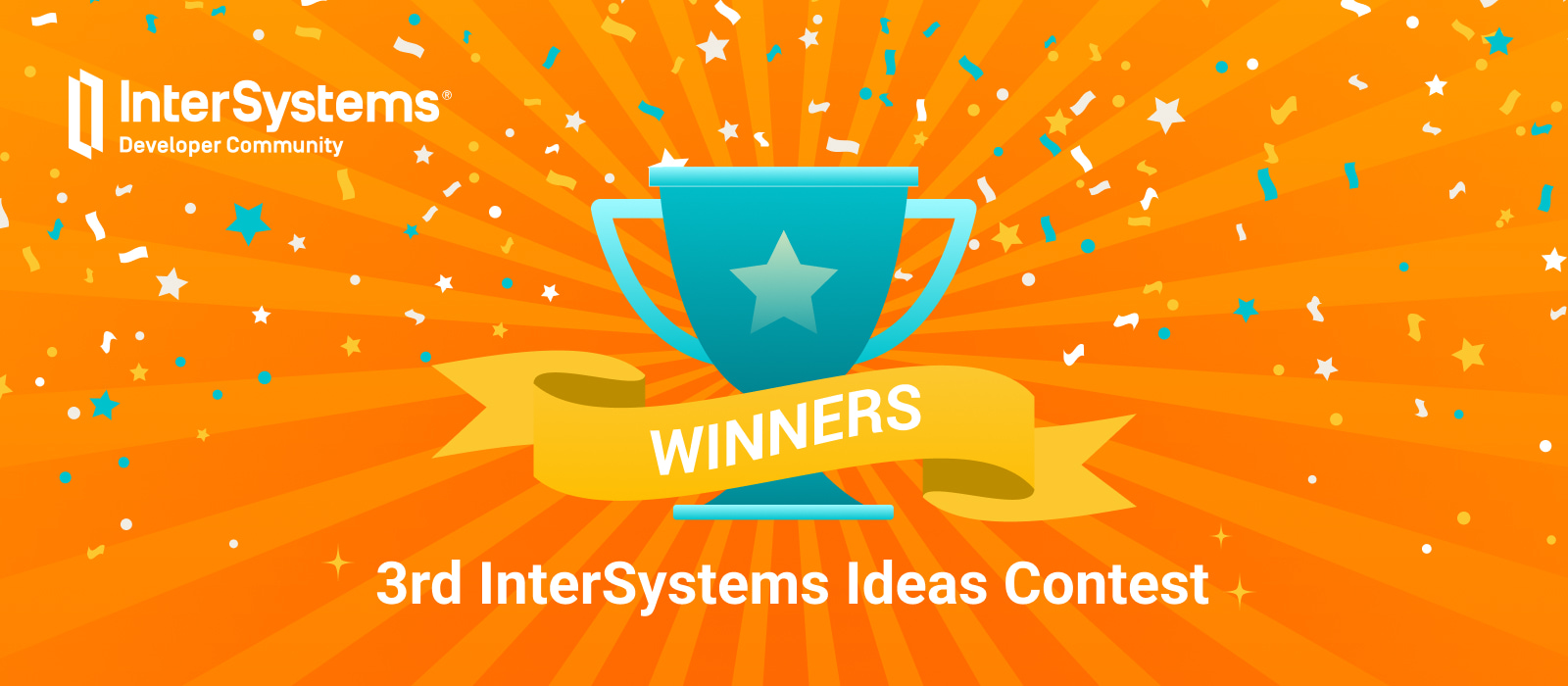Hi Community,
In this article, I will demonstrate below steps to create your own chatbot by using spaCy (spaCy is an open-source software library for advanced natural language processing, written in the programming languages Python and Cython):
-
Step1: Install required libraries
-
Step2: Create patterns and responses file
-
Step3: Train the Model
-
Step4: Create ChatBot Application based on the trained model
So Let us start.



.png)


